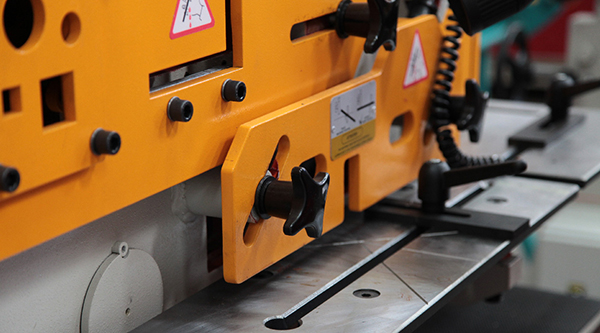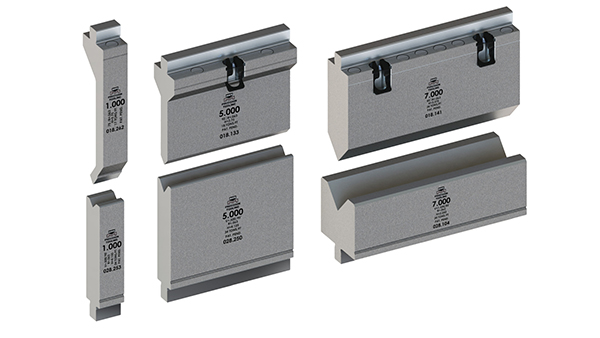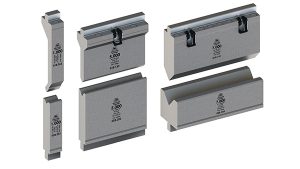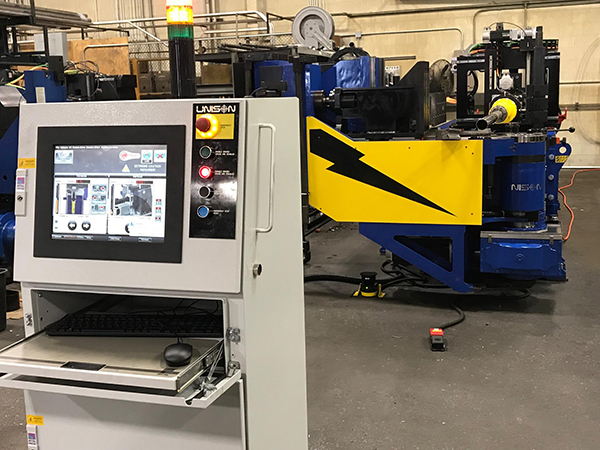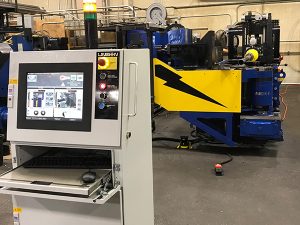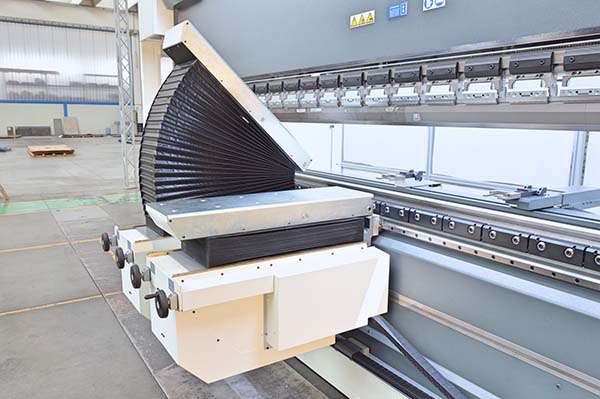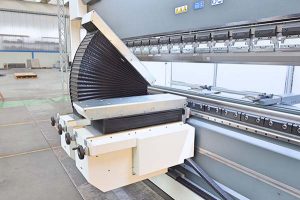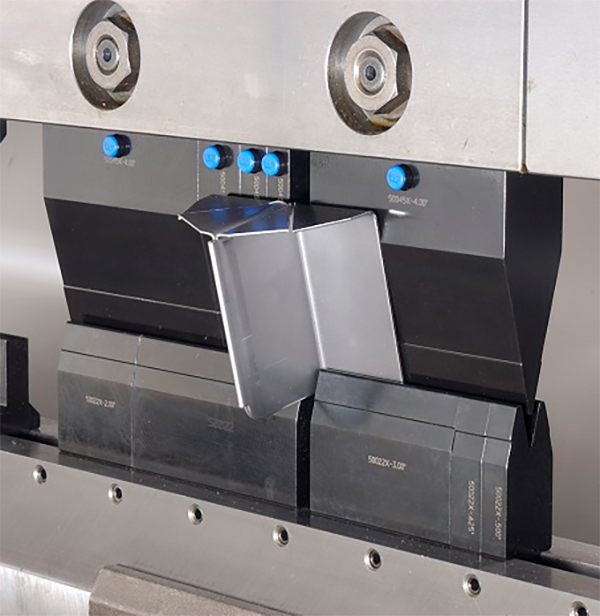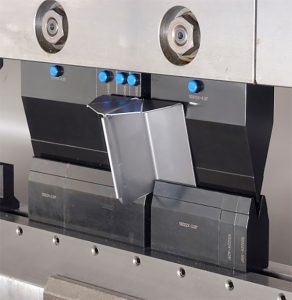The design of Morgan Rushworth hydraulic steelworkers is said to include many time-saving features which may not be apparent at first glance. As steelworkers have developed over time, a number of features have evolved to maximise the potential of these versatile machines.
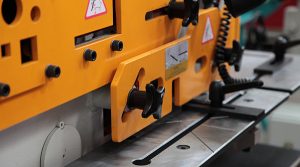
These include optional flat-bar bending unit attachments. Many steelworkers see years of use for punching, shearing and cropping with the rectangular notch station barely being used. A more productive option for a number of users is to specify a new machine with an optional flat-bar bending attachment that can be mounted in place of the standard rectangular notch unit; these can also be retrofitted to many existing models.
Further developments of note include angle flange trim. Although many customers use the angle shearing station to crop angle iron to 45° to form a frame, not everyone is aware that for smaller sizes of angle, only one flange can be trimmed in the flat bar shear station. If one flange is sheared at 45°, utilising the notch provided in the flat-bar shear hold-down, then a frame can be manufactured with a ready-made weld prep on the outside of the angle.
Another feature worthy of mention is flat bar end bevelling. Using a different slot in the shear station hold-down, the ends of small flat bars can be offered up to the shear blades at an angle, allowing a partial shearing across the end of the bar, leaving a small bevel for a weld prep.
In addition, there are many different uses for a hydraulic steelworker, which can also be fitted with a multitude of special tools and attachments to suit special applications.
For further information www.morganrushworth.com






